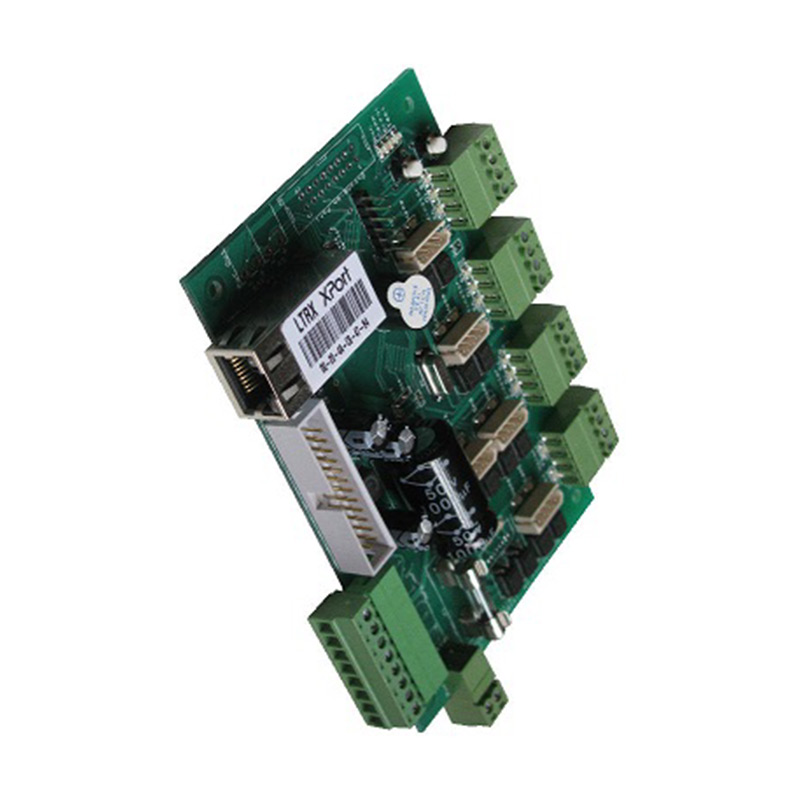

The Aesthetic and Functional Benefits of Tinted Float Glass
Tinted float glass has gained popularity in various architectural and design applications due to its unique properties and advantages. This specialized type of glass is produced by adding metallic oxides during the manufacturing process, which gives it a distinct color while maintaining clarity. With its ability to combine visual aesthetics with practical solutions, tinted float glass has become an appealing choice for both residential and commercial properties.
1. Aesthetic Appeal
One of the primary benefits of tinted float glass is its aesthetic appeal. Available in various colors, such as bronze, grey, and green, tinted glass can enhance the overall appearance of a building, offering more design flexibility than clear glass. The subtle hues can create a modern and sophisticated look, allowing architects and designers to express creativity in their projects. Moreover, tinted glass can help to create a seamless integration with the surrounding environment, making it an excellent choice for buildings in scenic areas.
Another significant advantage of tinted float glass is its ability to reduce heat gain from sunlight. By absorbing a substantial percentage of solar radiation, tinted glass helps maintain a comfortable interior temperature, which can be a crucial factor in areas with hot climates. This property not only improves comfort but also reduces the reliance on air conditioning systems, resulting in lower energy costs. Less energy consumption translates to a reduced carbon footprint, making tinted float glass a more eco-friendly option.
3. Glare Control

Tinted float glass is particularly effective at minimizing glare caused by direct sunlight. This can be a major concern in office environments or any spaces with screens, as excessive glare can lead to eye strain and decreased productivity. By softening harsh sunlight, tinted glass allows for better visibility and a more comfortable working environment. This feature makes it an ideal choice for commercial buildings, where employee well-being and productivity are a priority.
4. Privacy Enhancement
Privacy is another key benefit offered by tinted float glass. The tinting process creates a reflective surface that obscures views from the outside, making it a popular option for residential windows and commercial buildings alike. This enhanced privacy is particularly beneficial for ground-level offices or homes situated close to public pathways. Tinted glass allows occupants to enjoy natural light while maintaining a secluded atmosphere without the need for heavy drapes or blinds.
5. UV Protection
Moreover, tinted float glass provides additional protection against harmful ultraviolet (UV) rays. Prolonged exposure to UV radiation can cause fading of furniture, carpets, and artworks. The tinted film effectively blocks a considerable amount of these rays, helping to preserve the integrity of interior spaces. This added layer of protection not only extends the life of decor and furnishings but also contributes to enhanced indoor air quality, as it helps in reducing the heat buildup associated with unchecked sunlight.
Conclusion
In conclusion, tinted float glass offers a range of benefits that make it a versatile choice for modern architecture and interior design. Its aesthetic charm, heat-reducing properties, glare control, privacy enhancement, and UV protection contribute to a more comfortable and visually appealing environment. As awareness of sustainable building practices continues to grow, tinted float glass is poised to play an increasingly important role in creating energy-efficient and stylish spaces. Whether used in skyscrapers, homes, or commercial properties, tinted float glass stands out as an optimal solution for today’s design challenges.